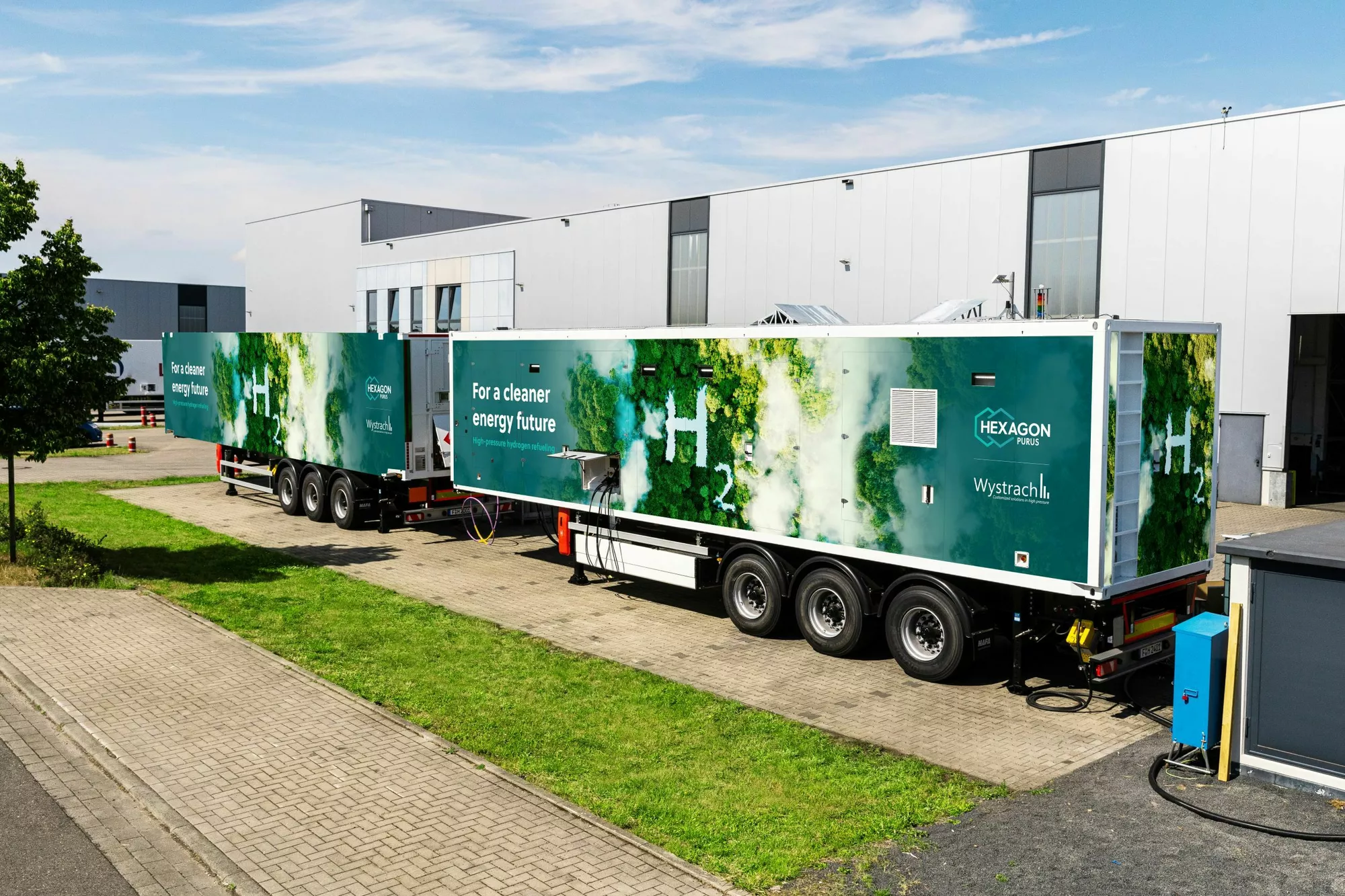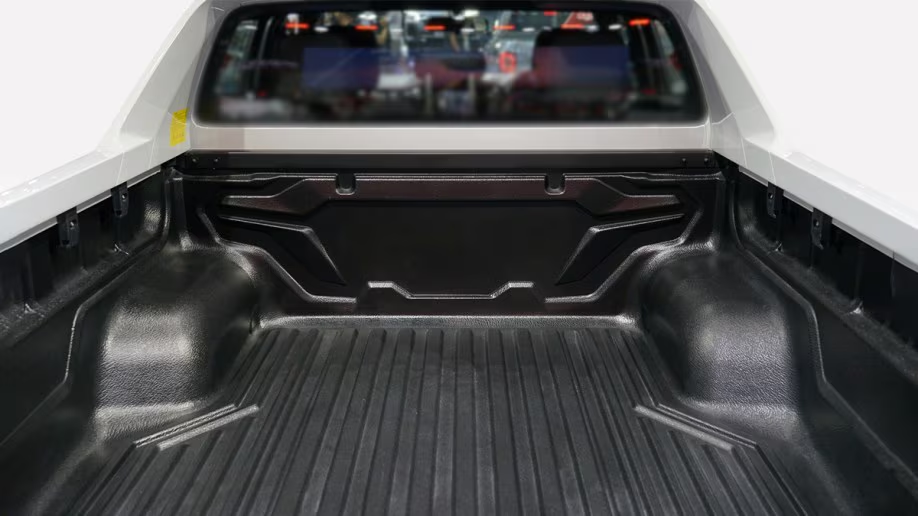The rumble of diesel is the soundtrack to global supply chains. But a new sound is emerging—or rather, a lack of one. Hydrogen fuel cell trucks are rolling off production lines, promising not just a reduction in noise, but a fundamental shift in how we move goods over the long, demanding stretches of road.
Sure, battery-electric trucks get most of the headlines. They’re fantastic for shorter routes. But for the marathoners of the freight world—the heavy-duty, long-haul semis that clock 500, 700, even 1,000 miles a day—the physics of batteries become a real challenge. The weight, the charging time… it just doesn’t scale efficiently. That’s where hydrogen steps in, offering a solution that feels, well, more like the refueling we’re used to, but with a clean exhaust: just water vapor.
Why Hydrogen? The Case for H2 in Heavy Hauling
Let’s cut to the chase. Why are giants like Daimler Truck, Volvo, and Hyundai betting big on this technology? The advantages for specific use cases are pretty compelling.
Range and Refueling: The Killer Combo
This is the core of the argument. A hydrogen fuel cell truck can achieve ranges of up to 900 miles on a single fill-up. That’s comparable to diesel. Even more critically, refueling that massive tank takes about 15-20 minutes. You simply can’t do that with a massive battery pack, which might require hours to recharge. For fleet managers, this “diesel-like” operational flexibility is a game-changer. It means trucks spend more time on the road earning money and less time plugged in.
Weight and Performance
In trucking, weight is payload, and payload is profit. Fuel cells and hydrogen storage tanks are significantly lighter than the enormous battery packs needed for the same range. This means a hydrogen truck can carry more cargo without hitting weight limits. Plus, the electric motor delivery provides instant torque—fantastic for pulling heavy loads from a standstill.
The Players and Their Prototypes: Who’s Building What?
The race is on, and it’s a global one. Here’s a quick look at the current landscape.
| Manufacturer | Model / Project | Key Highlights |
| Daimler Truck | GenH2 Truck | Liquid hydrogen storage, 1,000+ km range, in customer trials. |
| Volvo Group | Volvo FH Fuel Cell Truck | Cell-centric collaboration with Daimler, 1,000 km target, pilot tests in 2025. |
| Hyundai | XCIENT Fuel Cell | Already deployed in fleets in Europe and the US, real-world data being gathered. |
| Nikola Corporation | Nikola Tre FCEV | In production, focusing on North American market, offering both lease and sales models. |
Honestly, seeing these names involved lends a huge amount of credibility. This isn’t just a science experiment anymore; it’s a serious commercial endeavor.
The Elephant in the Room: The Hydrogen Refueling Infrastructure
Okay, here’s the big one. You can build the most advanced truck in the world, but if a driver can’t fill it up, it’s a very expensive sculpture. The infrastructure for hydrogen refueling is, to put it mildly, in its infancy. This is the classic chicken-and-egg problem. Truck makers are hesitant to ramp up production without stations, and energy companies are hesitant to build stations without trucks.
But the needle is moving. Here’s what’s happening to untangle that knot:
- Hub-and-Spoke Models: Initial stations are being strategically placed along major freight corridors—think the I-5 in California or key routes in Germany. The idea is to create connected “highways” where hydrogen trucks can operate.
- Public-Private Partnerships: Governments in the EU, US, and Asia are pouring billions into funding hydrogen infrastructure projects. It’s seen as critical for meeting decarbonization targets.
- On-Site Production: Some larger fleet depots are exploring producing their own “green hydrogen” using solar or wind power. It’s a big upfront cost, but it offers long-term energy independence and price stability.
Green, Blue, Grey: The Colorful (and Critical) World of Hydrogen Production
Not all hydrogen is created equal. The environmental benefit of your fuel cell truck depends entirely on how the hydrogen was made. This is where those color codes come in, and it’s a crucial distinction.
- Grey Hydrogen: The most common type today. Made from natural gas, a process that releases CO2. It’s cheap but doesn’t solve the carbon problem.
- Blue Hydrogen: Also from natural gas, but the CO2 emissions are captured and stored. A lower-carbon bridge technology.
- Green Hydrogen: The gold standard. Produced by splitting water (H2O) using electricity from renewable sources like solar or wind. Zero carbon emissions from well to wheel.
The ultimate goal, of course, is a grid powered by green hydrogen. The cost is coming down, but scaling up production is a massive undertaking—arguably as big a challenge as building the trucks themselves.
The Road Ahead: Challenges and the Path to Adoption
So, what’s really holding this back? A few key things.
Cost. Hydrogen fuel cell trucks are currently much more expensive than their diesel counterparts. And green hydrogen fuel is pricier than diesel. The math only works with government incentives and with the assumption that scale will bring prices down.
The “Green” Premium. As we just talked about, the availability of truly green hydrogen is limited. For companies that want to market a fully sustainable supply chain, this is a real pain point.
Public Perception and Safety. Let’s be honest, the word “hydrogen” still makes some people think of the Hindenburg. The reality is that hydrogen has been safely used in industry for decades. The trucks and stations are designed with immense safety redundancies. But public education is still a part of the journey.
That said, the momentum is undeniable. Pilot fleets are already on the road, gathering data, proving the technology works in the real world. The question is no longer “if,” but “how fast.”
A Final Thought: More Than Just a New Powertrain
Adopting hydrogen fuel cell trucks isn’t just a simple one-for-one swap. It demands a rethinking of the entire logistics ecosystem—from energy generation and distribution to maintenance facilities and driver training. It’s a complex, messy, and utterly fascinating transition.
In the end, this quiet revolution on the highway represents a bet. A bet that we can untangle the most stubborn knots of decarbonization. A bet that we can build a new energy chain from the ground up. The trucks are ready. Now, we build the world for them to run in.








